1980 VW Brasilia ( MADE IN BRASIL )
1980 Volkswagen Other VW BRASILIA MADE IN BRASIL for sale in Miami, Florida, United States
| Item location: | Miami, Florida, United States |
| Make: | Volkswagen |
| Model: | Other |
| Type: | SUV |
| Trim: | VW BRASILIA MADE IN BRASIL |
| Year: | 1980 |
| Mileage: | 35,000 |
| VIN: | BQ019770 |
| Color: | White |
| Engine size: | 1600 |
| Number of cylinders: | 4 |
| Fuel: | Gasoline |
| Transmission: | Manual |
| Drive type: | RWD |
| Interior color: | Tan |
| Vehicle Title: | Clear |
| Want to buy? | Contact seller! |
Description for Volkswagen Other 1980
1980 VW Brasilia 4 Doors ( RARE ) Made in Brasil Carshow winner look 1600 engine 4 cylinders Air-cooled Manual transmission Rust Free We ExportWE EXPORT WORLDWIDEI will assist in shipping. If you are overseas, I will bring vehicle tofreight forwarder in Miami - Florida who will put on a boat for you. If you are in the US, you can make arrangements with a shipper andshould cost between $1200 - $1800 to anywhere in the US.
I CAN ARRANGE SHIPPING ANYWHERE IN THE WORLD!
Feel free to ask questions. ( mauricio@advancemiami.com )
Thank you for looking.
WWW.ADVANCEMIAMI.COM
The Volkswagen Brasilia was a compact car made in Brazil between 1973 and 1982.
The Brasilia (named after Brazil's capital city) looked like a smaller version of the Volkswagen 412 Variant, but was in fact based on the Volkswagen Beetle. It was developed by Volkswagen do Brasil (Volkswagen of Brazil), which had at the time a unique and somewhat exotic line of cars, which spawned such rarities as the SP2. The Brasilia was equipped with the Volkswagen air-cooled engine from the Beetle.
History
In September 1970, Volkswagen of Brazil's president, Rudolf Leiding, made a challenge for the company's major designers. He wanted to recreate the Beetle but with a Brazilian flair and with the Brazilian market in mind. At that time, the Beetle, the Busand the Karmann-Ghia were the only air-cooled VWs that proved successful in Brazil. For Leiding, the new Volkswagen should be practical, economical and larger than the Beetle as well as use reliable German engineering.
In three months, more than 40 prototypes were made, most of them with bold designs, with wide, inclined windshields. But the prototypes were expensive and VW was looking for a new cheap car, to compete with the brand new Chevette, from Chevrolet.
When the final design was ready and the car was to be put in production, a then unknown automotive reporter successfully spotted some of the vehicles in trial runs in the factory's vicinity. After failed attempts to drive the reporter away, some security personnel fired against his car, triggering a minor commotion in the Brazilian media. The publicity triggered an official apology from Volkswagen and boosted the sales of the magazine which brought the photographs (Quatro Rodas) as well as the career of the reporter, (Cláudio Larangeira), who was immediately hired by Quatro Rodas.[1]
Sales began in 1973, and the production model featured a front end much like the German 412, and the back resembled a scaled-down Brazilian Variant Type 3. It was also the first Brazilian hatchback with five doors, but this version, however, was produced in a small proportion.
The total production of VW Brasilias reached over one million vehicles. Some were exported to Chile, Portugal, Bolivia, Perú, Ecuador, Venezuela, Paraguay, Uruguay, the Philippines, and starting in March 1976,[2] in CKD kits of the 5-door to Nigeria, where it was renamed Igala. The only other country in which the Brasilia was assembled, was Mexico, where it was produced between 1974 and 1982.
Engine and transmission
At its debut, the Brasilia had a 4-cylinder, air-cooled boxer engine with single carburettor. The rear-engine, rear-wheel drive had a gearbox with 4 speeds. In the 1980s, Volkswagen also offered an alcohol-engine option, with 1300 cc and 49 hp. The 1974 Volkswagen Brasilia, with dual carburetors, could run 10.4 km with one liter of gasoline on a highway. The urban fuel consumption is around 14 km/L.
Performance
The Brazilian car magazine Quatro Rodas made a comparative test between the VW Brasilia and its main competitor, the GM Chevette, in March 1980. In the acceleration test, the Chevette proved to be quicker than the air-cooled VW: as the Chevrolet took 19,7 seconds to go from 0 to 1000NaN0, the Brasilia did the same thing, but with 23 seconds. Chevette's maximum speed was 1380NaN0 and Brasilia could reach only 1290NaN0. At the fuel consumption test, the Chevrolet won again, making 15,4 km/L. The Volkswagen ran 13,4 km/L on that day. Due to its rear-engine, rear-drive configuration, the car wasn't very stable at high speeds and some Brasilia owners modified the car's suspension to make the VW lower (and thus more stable). Some people also changed the 5,90 x 14 original tires to 175/80-14 radial tires. To stop the car, Brasilia was equipped with disc brakes on the front wheels and drum brakes on the rear wheels.
Safety
In 1977, the Brasilia started to use dual circuit brakes and its steering wheel was modified to be safer in case of collision.
Retirement
The Brasilia was a successful model, with a good reputation of reliability and very popular in its time of production. Despite its Type 1 underpinnings, the car was perceived as a modern looking urban car (at least when put against the then-current VW line). It was so well received that Volkswagen do Brasil even considered in 1975 the production of a front engined, water-cooled version in order to replace the ageing Beetle.[3] However the final decision was to project and build an all new front engined vehicle - the Volkswagen Gol. When the 1.3l engined hatchback debuted it was no direct threat to the Brasilia, but with the adoption of a more powerful 1.6l aircooled engine, the company choose the new project to compete against the Fiat 147, the Ford Corcel and the Chevrolet Chevette.
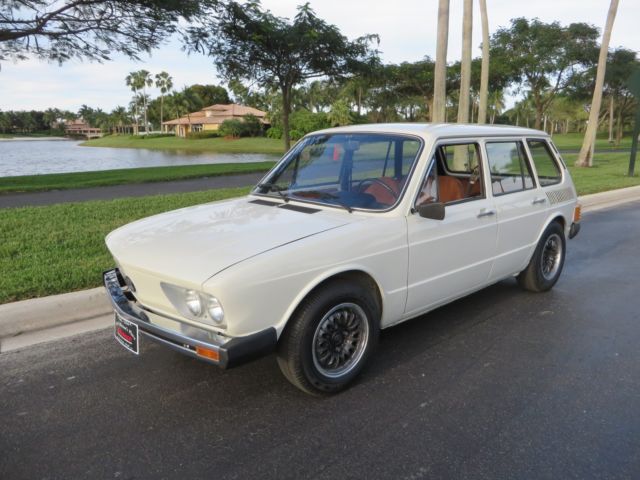

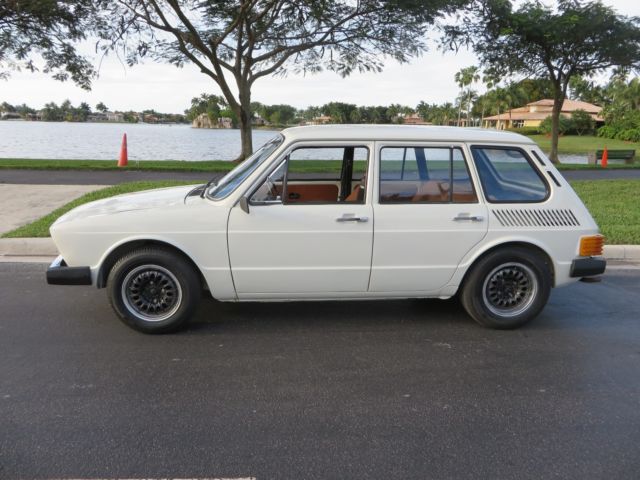

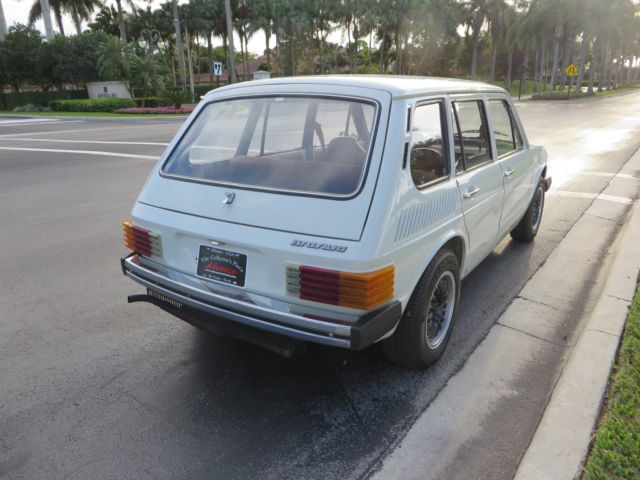

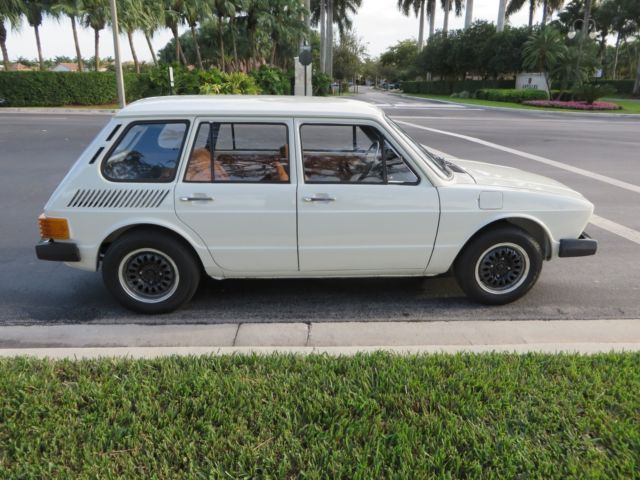
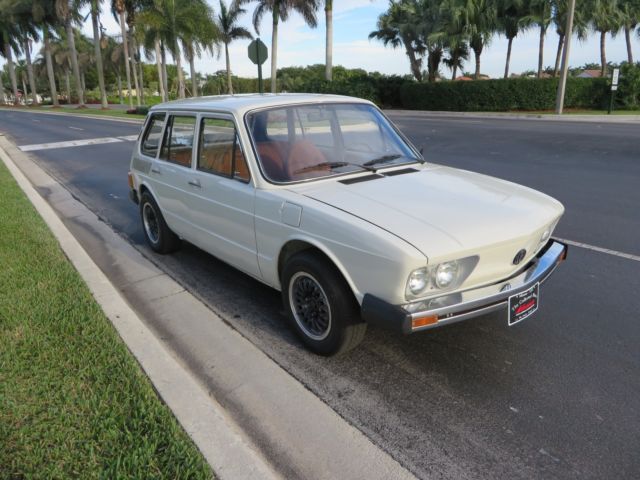
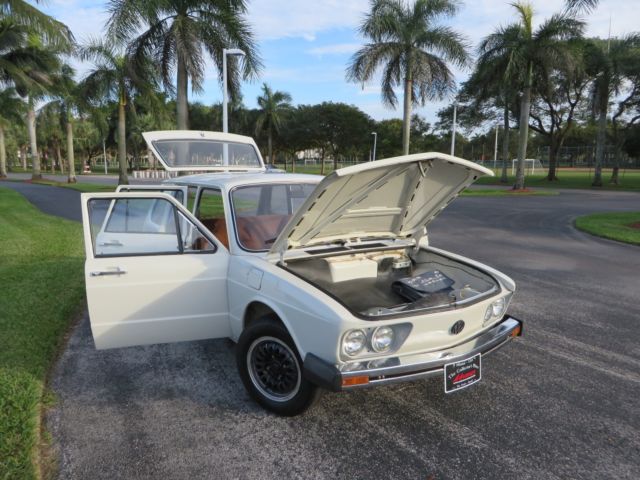

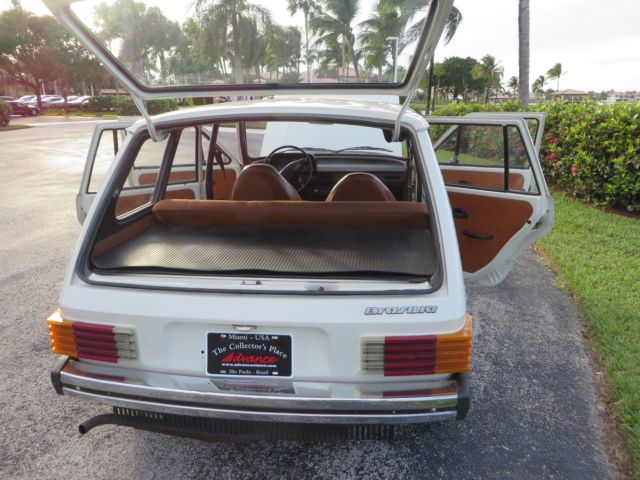
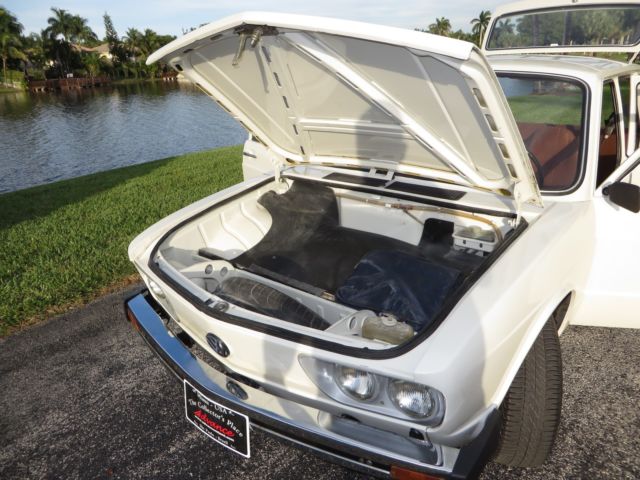
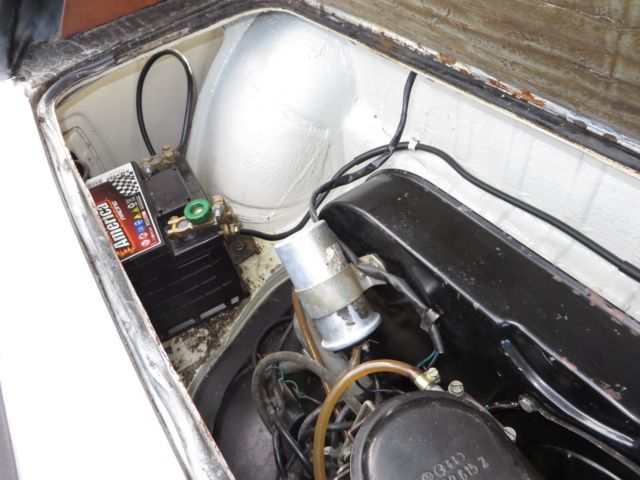
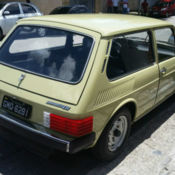 1980 Volkswagen Brasilia 1.6 LS
1980 Volkswagen Brasilia 1.6 LS
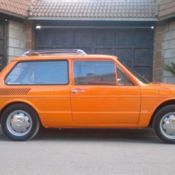 Brasilia 1980, un dueño, placas auto antiguo
Brasilia 1980, un dueño, placas auto antiguo
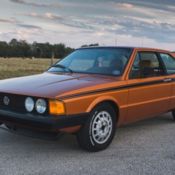 1979 Volkswagen Scirocco 1.6 8v Brasil Braun Metallic Mk1 5 speed RESTORED
1979 Volkswagen Scirocco 1.6 8v Brasil Braun Metallic Mk1 5 speed RESTORED
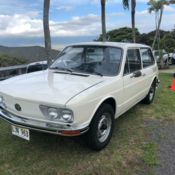 VW BRASILIA
VW BRASILIA
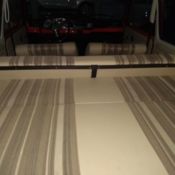 Vw Brasilia 1975
Vw Brasilia 1975
 VW Brasilia 4 Doors (RARE )
VW Brasilia 4 Doors (RARE )
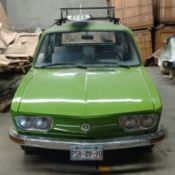 1975 VW Brasilia/Igala
1975 VW Brasilia/Igala
 RARE 4 Door Volkswagen Brasilia
RARE 4 Door Volkswagen Brasilia
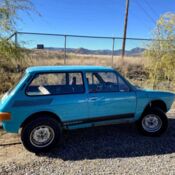 1977 Volkswagen Brasilia Blue RWD Manual
1977 Volkswagen Brasilia Blue RWD Manual